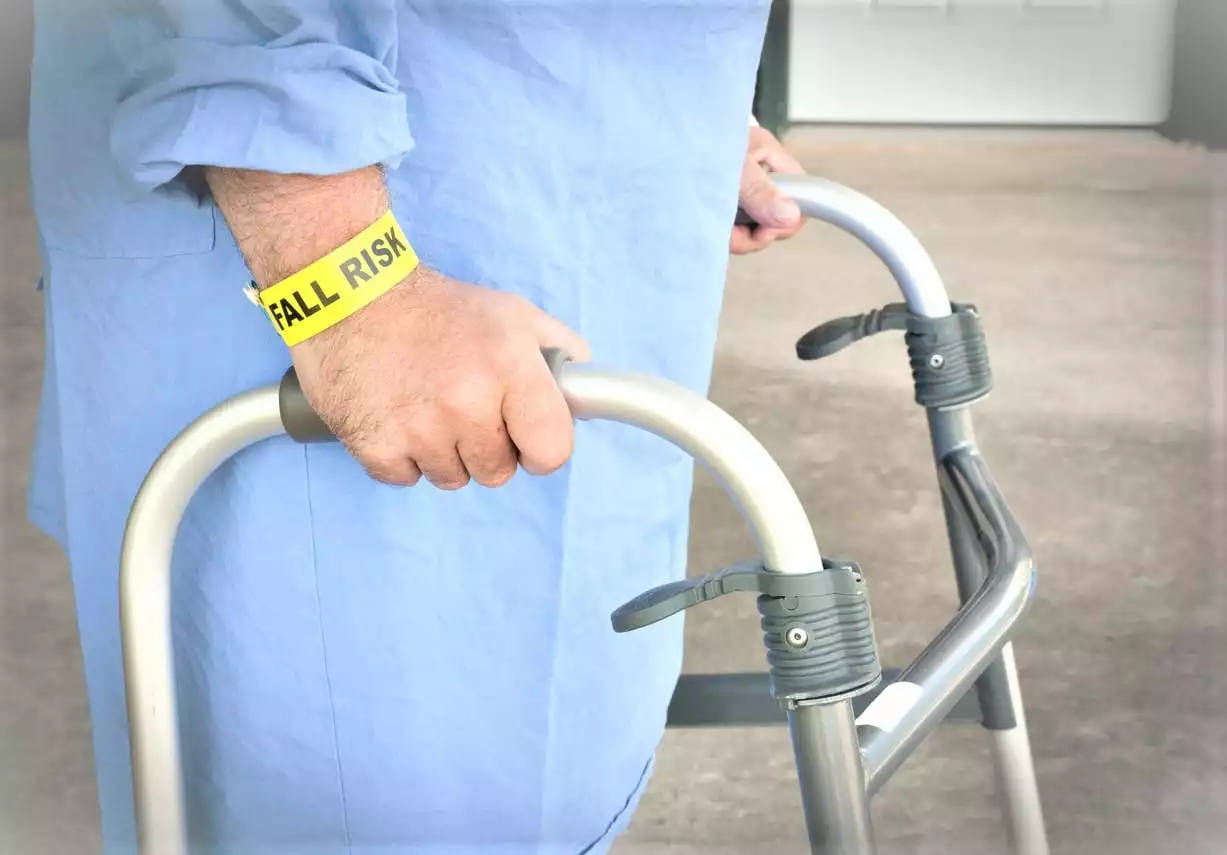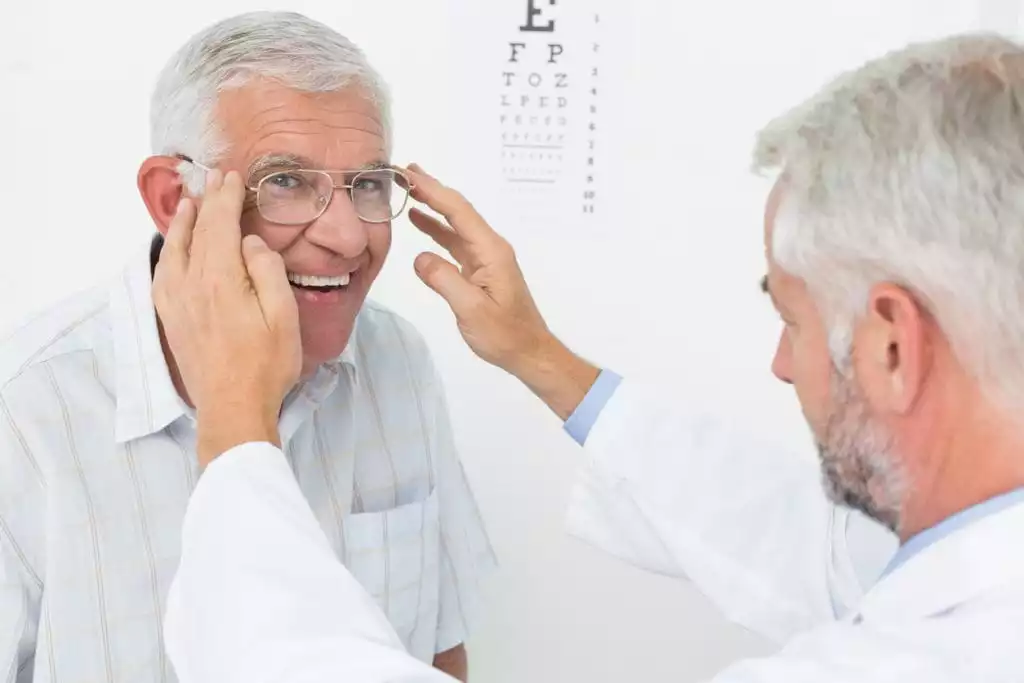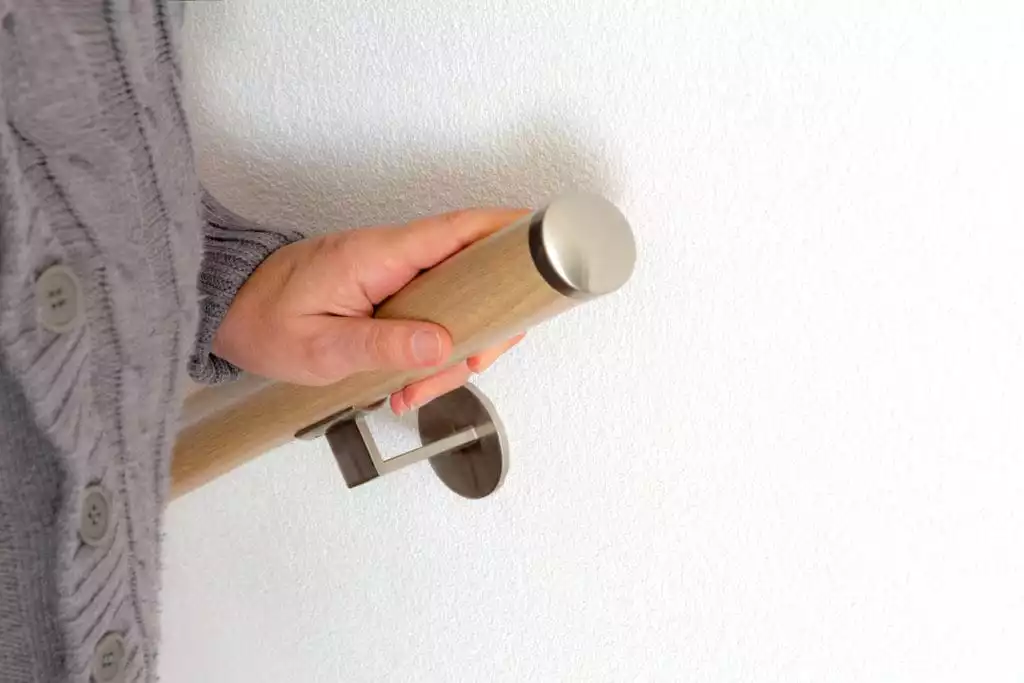
According to the U.S. Centers for Disease Control and Prevention (CDC), 2.8 million seniors visit the emergency department every year because of an injury resulting from a fall. Hip fractures require about 300,000 older adults to be hospitalized each year with 95 percent of them resulting from a fall. Traumatic brain injuries (TBI) are also most often caused by the very same falls. Because of this, preventing falls in the elderly is an extremely important task.
These statistics may be sobering, but there is good news: there are key strategies both seniors and their carers can take for reducing overall fall risk and preventing falls in the elderly.
Know the Risk Factors
There are many conditions that can increase the likelihood that a senior could fall. Not all of these risk factors are immediately obvious. Even though falls are most often caused by a combination of risk factors, the most common are easily addressed with simple lifestyle changes or adjustments.
Medications, home hazards, loose clothing, footwear, and lower body weakness are just a few of the most commonly reported fall causes. Keep in mind every patient will have their own individual risk profile.
Preventing falls in the elderly begins with determining the risk factors associated with each individual senior. From there, you can use the strategies below in preventing falls in the elderly to ensure your loved one stays safe and injury-free.
Visit Your Primary Care Physician
As you or your loved one approaches your senior years, ask your primary care physician about increased risk of falling at every yearly checkup. He or she can run a quick strength, stability, and neurological exam. This exam helps to identify any potential issues right in the office.
In addition to evaluating this risk and offering preventative suggestions, the doctor should review current medications (both over the counter and prescription) to determine if there are any side effects that might cause confusion, dizziness, sleepiness or otherwise make the patient unsteady.
Your primary care physician can help you determine potential risk factors to eliminate. They will assist you in creating specific techniques for preventing falls in the elderly based on the results from the check up.
Schedule an Appointment with an Eye Doctor
The chance of experiencing vision problems increases with age. Even minor vision issues can contribute to increased fall risk. Because of this, it’s important to stick to having yearly exams – don’t skip them!
If your vision professional recommends updating your glasses prescription, do so as soon as possible. Remember that adjusting to new lenses can take time – as much as one to two weeks – and during that time, poor depth perception or visual range may occur. This can be a fall risk all by itself, so patients should be extra-cautious.
Exercise for Strength and Balance
The CDC also reports that weakness in the lower body increases the risk of falls in seniors. Unfortunately, lower body weakness is much more common than upper body weakness due to wear and tear on the knees, hips, and ankles. These weaknesses can lead to balance and walking issues. Preventing falls in the elderly due to lower body weakness starts with simple exercises to improve strength and balance.
If possible, try to have the patient work with a physiotherapist to identify condition-appropriate exercises. These exercises will increase strength and balance without risking injury. Regular exercise, especially with professional guidance, will improve stamina, balance, stability, and reliability, four of the most critical fall risk factors.
Seniors who are fairly active may also benefit from senior-oriented exercise classes, like swim aerobics or yoga.
Increase the Lighting
A lack of lighting can make a home and yard hazardous for anyone. However, it’s even more dangerous for an unstable senior. Approach this issue with a “more is better” mentality. Do this by increasing the number of lights or their brightness throughout the home.
Pay particular attention to outside stairs as well as interior hallways and stairs, not just standard outdoor pathways. In order to guide seniors at night, add nightlights to the bathrooms and bedrooms. You can also add sensor-activated recessed floor lights along the wall.
Make Judicious Use of Handrails and Grab Bars
Handrails on both sides of the stairs are a must in any home, regardless of age, but they are especially helpful to seniors who still retain upper body strength. A properly installed handrail will steady patients as they move up and down the stairs, while grab bars along the bathtub and beside the toilets ensure bathtub safety by assisting patients to take care of their needs without becoming injured. Preventing falls in the elderly with the use of handrails and grab bars is a simple way to ensure safety throughout your house.
Note that it’s best to have a handyman install guardrails and handrails; if installed improperly, they may not distribute weight evenly. This can cause the device to break, leading the senior to fall. At the very least, be sure you fully understand installation before you start.
Watch Out for Slippery Surfaces
Throw rugs can bring warmth and character to a room, but they can also increase a senior’s risk of falling. Loose carpet and floorboards that stick up, bunch up, or lift will also increase the hazard risk (for everyone in the home). But smooth linoleum or ceramic isn’t necessarily the answer, either; these materials get dangerously slippery when they’re wet.
Bridge the gap by using non-slip throw rugs or rubber backing when you lay down rugs. Inspect all floors carefully and regularly, and repair any loose floorboards or carpeting. Use non-slip mats in the bathtub, bathroom, kitchen, and porch. Rubber backings help in preventing falls in the elderly because they ensure the rugs stay in position when being walked on.
Dress for Success
Socks might be more comfortable to relaxing in at home. However, they can make it easier for you to slip if any areas of your home are not carpeted. Loose clothing around the legs (especially long skirts) may be a hazard if it bunches up, drags, or gets caught under the senior’s feet.
The answer to this risk is easy: wear shoes inside the house! Keep a clean pair of sneakers or flats by the front door for easy transitions from outside (and cleaner floors). Alternatively, wear socks with non-slip material on the bottom for a bit of extra security. Also make sure that all clothing stays above the ground.
Preventing falls in the elderly can be a difficult task. However, it’s incredibly important to do so! These 7 steps will assist you in improving the safety of your home to prevent falling.

 info@burtsrx.com
info@burtsrx.com

